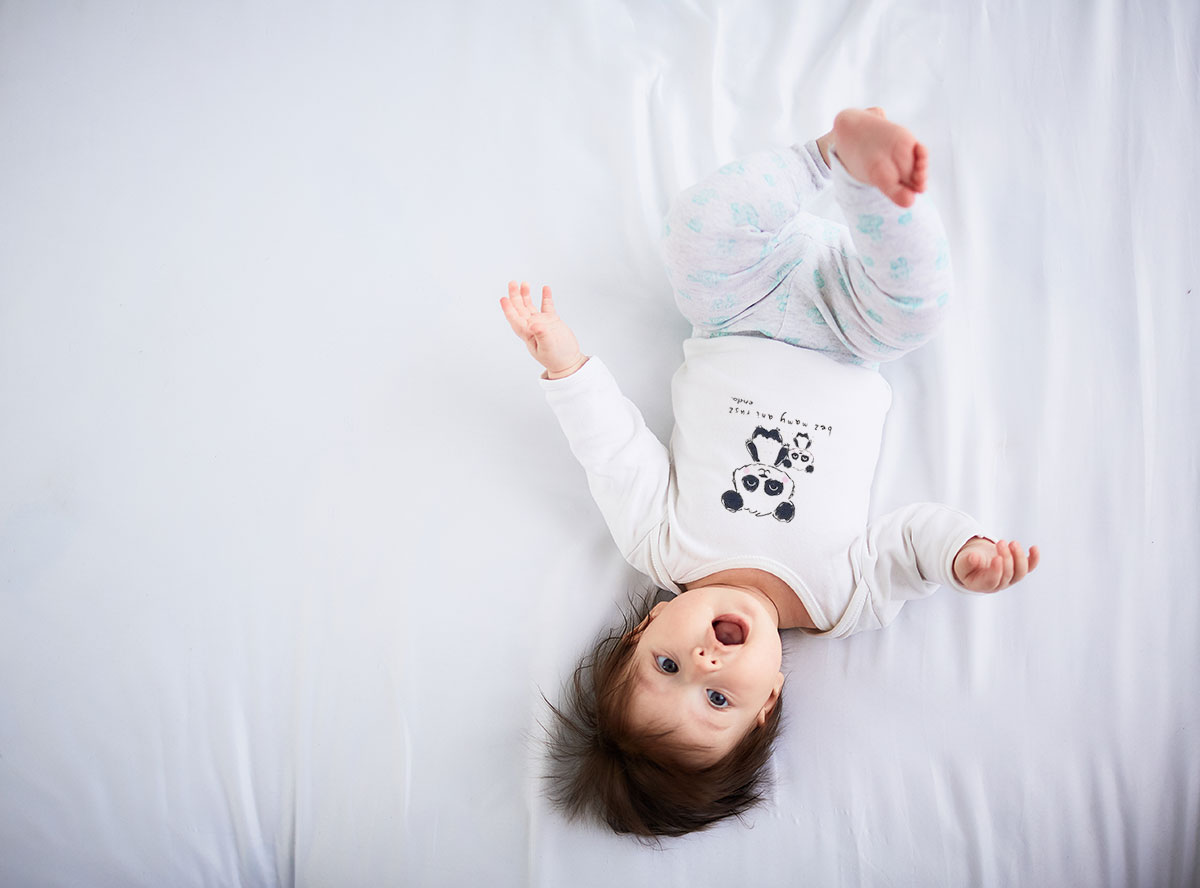
Dressing a baby should be quick and hassle-free. New parents will quickly discover that changing their baby's clothes can happen multiple times a day. Whether it's a complete wardrobe change or just partially unbuttoning clothes for a diaper change, the entire process should be smooth and quick to ensure the comfort of both baby and parent.
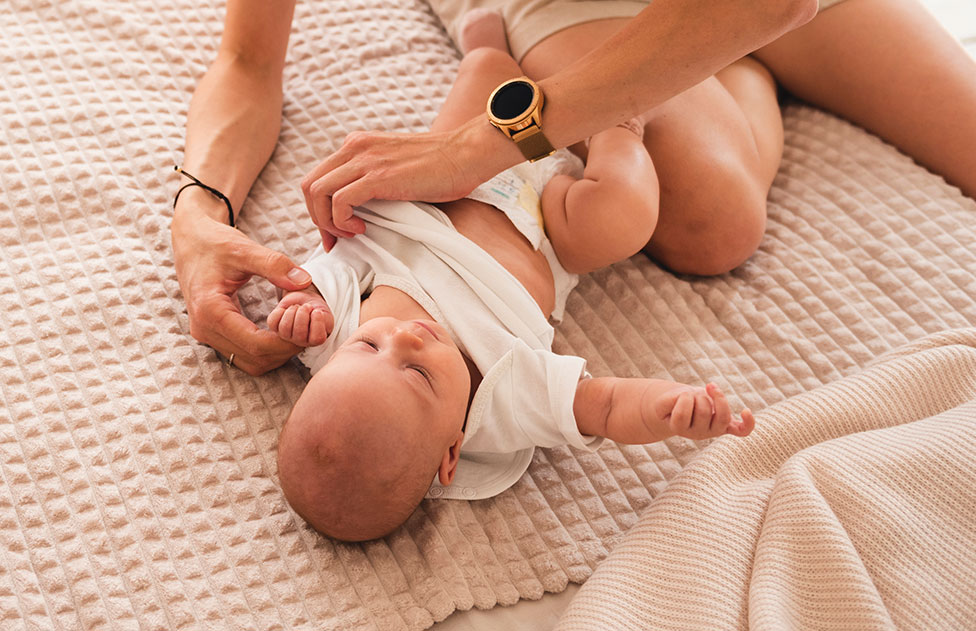
Responding to the specific needs of newborns and infants, toddler clothes are created using various tricks to help overcome everyday challenges and ensure the child's comfort and safety.
Check what to pay attention to when buying clothes for babies.
Dressing a baby safely - The right fabric
Baby clothes should be made of natural, breathable fabrics. Pay attention to the composition of clothes, especially those that will be close to the body. Inappropriate fabrics can affect your baby's health, for example, by causing allergies , diaper rash, or excessive sweating.
Health is paramount, but baby's comfort should also be ensured. Choose clothing made of soft, pleasant-to-touch materials that will make your baby feel as if in his mother's arms.

Dressing your baby for the right size
Choosing the right size of baby clothes is a matter of comfort for the child and parent, as well as safety.
Clothing that's too big can cause your little one to dive into the depths, for example, into a too-large romper. This can cause stress for the child and make it difficult for them to get enough fresh air. Such clothing will also hinder their mobility.
Clothes that are too small and tight are also unsuitable for babies. A squirming baby will have significantly restricted movement, and snaps will pinch the baby or constantly come undone. Narrow cuffs and necklines, on the other hand, can dig into the baby's skin, causing chafing and discomfort.
The clothing must therefore feel like a second skin, comfortably enveloping but not restricting. Wider sleeves and legs also make it easier for parents to change the baby's clothes. A larger opening makes it easier for parents to find the baby's arm or leg.
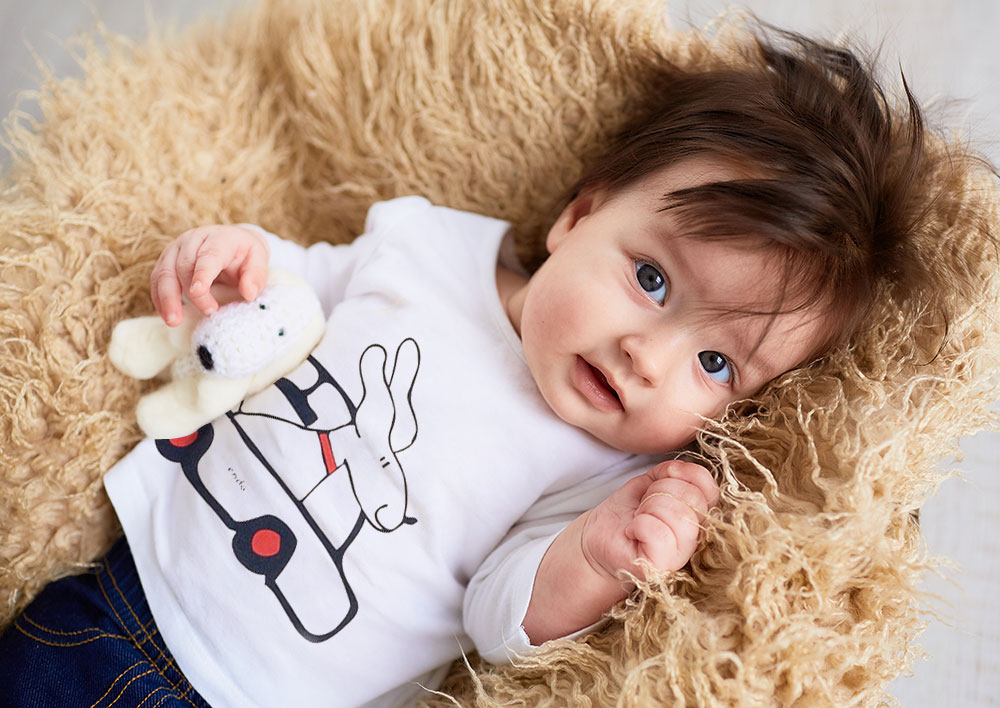
Necklines and collars
A baby's head is disproportionately larger than their body, so putting clothes on over their head can be uncomfortable and even dangerous due to an unsealed fontanel. Therefore, baby clothes should have features that help new parents easily put clothes on over their heads. The first solution is special pleats at the neckline at shoulder level. The overlapping fabrics open as the head passes through the collar, creating a much larger opening for the baby's head. The second solution is snaps on one shoulder. When putting on the clothes, simply unfasten them so that the baby's head easily fits into a t-shirt or bodysuit. Another type of top that also poses no problem during dressing is a baby's kaftan, a wrap-style top. The front of the garment, divided into two parts, is tied with a drawstring or fastened with snaps.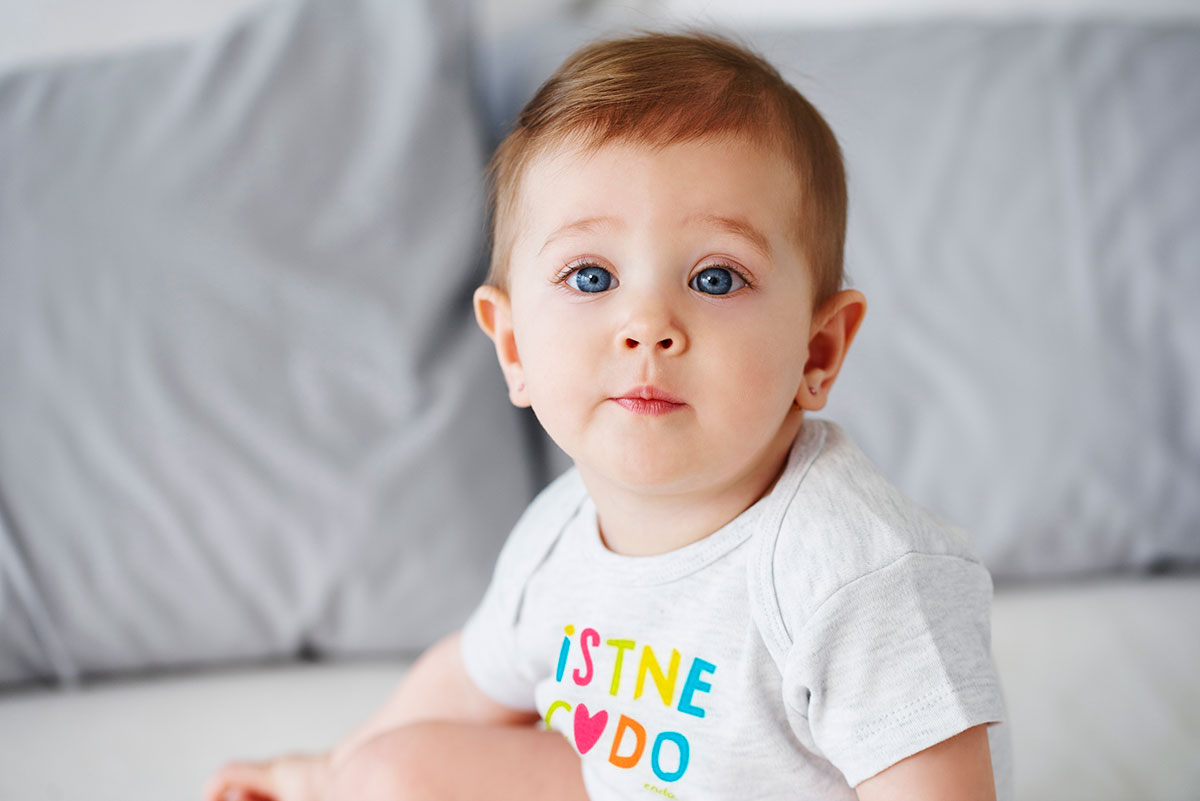
Cloak fastening
Rompers are versatile clothing for babies both in bed and crawling. They can be used as pajamas and daywear. This incredibly versatile garment covers the baby's entire body, protecting them from exposure during nighttime fidgeting and their first attempts at mobility. However, the shape of a romper can raise doubts among new parents. What should you do if you need an urgent diaper change? Will taking the romper off and on be too cumbersome? Fortunately, clothing manufacturers have considered the need for frequent diaper changes for small babies. Rompers feature a series of snaps along their entire length, ensuring quick and easy access to the diaper. Depending on the model, the snaps can extend along the body and both legs, or diagonally across the entire length of the romper and one leg. Either way, this solution ensures quick changing of your baby while they lie comfortably on their back.
How not to dress a baby - Dangerous elements - strings and protruding decorations
When buying baby clothes, always pay attention to all decorations and additional elements. Clothes should be free of strings that could get tangled around your little one, especially around their neck. Short strings, such as those on vests, pose no risk to your little one.
Also, look closely at any protruding embellishments on the clothing. Consider whether they are safe and can easily come off, potentially getting into your baby's mouth or nose. Avoid protruding elements, as well as buttons, which can easily come off. Instead of buttons, flat, fabric-covered snaps are safer.
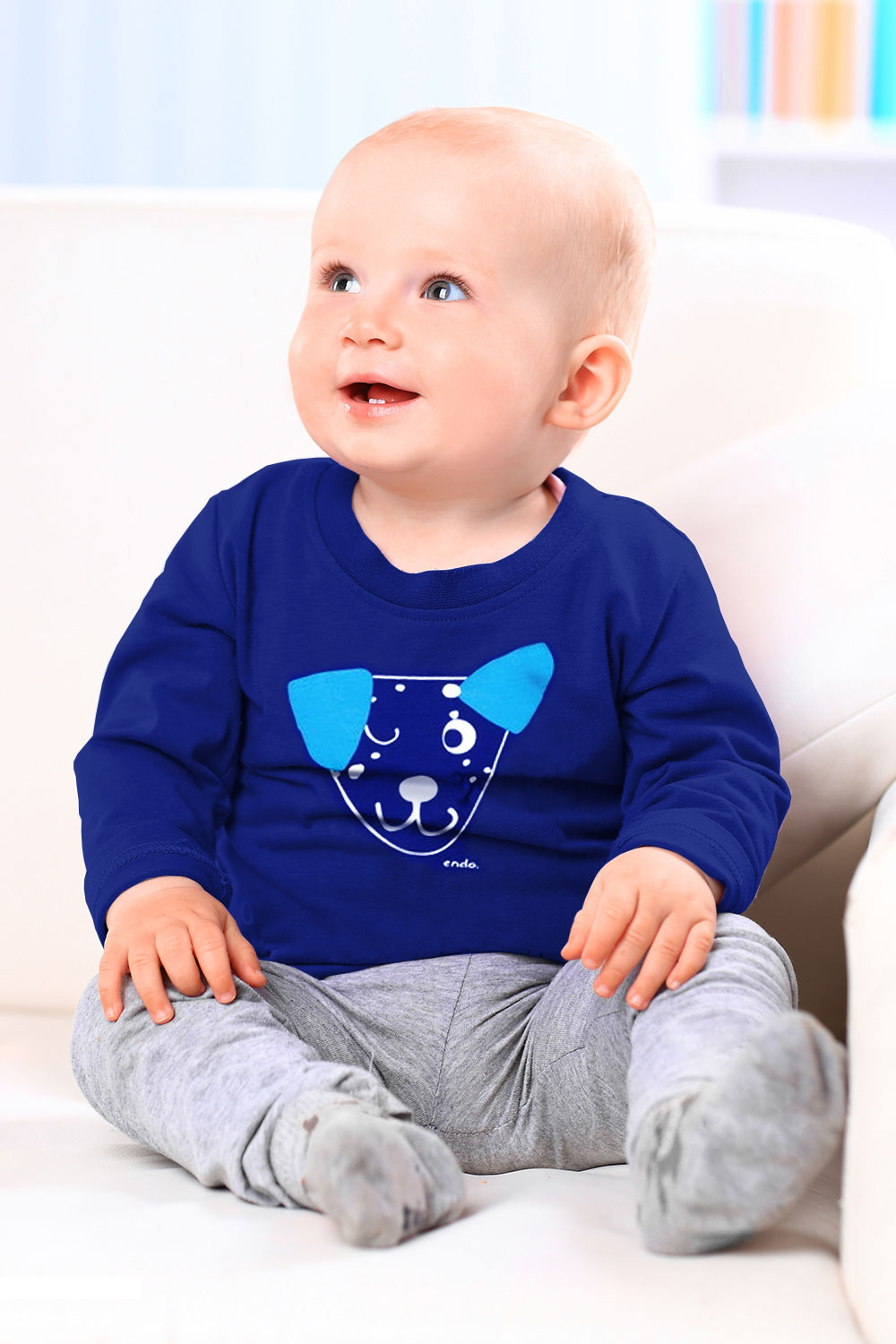
Dressing a baby - Baby's comfort is paramount
You may also find other unnecessary elements on clothes that may not be dangerous, but will be bothersome to your baby. Raised embellishments, scratchy labels, and seams, especially on the inside of the clothes, can lead to crying and sleepless nights.
Save elaborate clothing for later in life, and while your little one is mostly in bed, opt for comfort and simple cuts. You can enhance the look of an outfit with cute pictures or slogans on bodysuits, rompers, or t-shirts. A sweet illustration made with safe, eco-friendly water-based paints will be enough to adorn your baby's clothing in the first few months of life.



Podziel się:
When does a baby start sitting up?
What values should a mother pass on to her daughter and how can the bond between mother and daughter be strengthened?